Your Budget Will Thank Us — 8 Design Trends to Consider When Value Engineering | Part III: Bars, Restaurants, and Breweries, Oh my!
Your Budget Will Thank Us — 8 Design Trends to Consider When Value Engineering
A Three-Part Construction Series. Part III: Bars, Restaurants, and Breweries, Oh my! — A Three-Part Construction Series
April 12, 2018
collaboration by: Matt Redick & Audrey Wilson
With the infrastructure engineered and a strong team and plan in place, it’s time to talk interiors and finishes. In their semi-state-of-the-union, Architectural Digest notes 2018 restaurant design continues trending toward Instagrammable, well-lit spaces that incorporate natural greenery. Alvarez-Diaz and Villalon add that experience-driven design will also reign. “There is a shift in restaurant atmosphere, from cozy and rugged to clean and modern. Expect more green in the form of plants and living walls, adding life and comfort,” says Rachael Lyman of Studio Atlantis. In addition to plants, sustainability will continue to be a “green” focus.
When it comes to saving money during construction, it boils down to two things: (1) plan your best ahead of time; and (2) value engineering, meaning to think critically about your “must-haves” and make tough decisions around what design elements to keep in order to meet your budget. Do the planning up front and then let the design play out. As a general rule of thumb, design changes in the field can cost up to 3x more than making design decisions at the early stages—this is due to plan revisions, time lost, lead times, and extra project management time.
There’s no doubt you’ll end up spending a lot of your budget is on kitchen equipment, any “wet” areas of the restaurant including restrooms, lighting packages, and infrastructure upgrades (mechanical, electrical, plumbing). In the sections below, we look at a few areas of consideration and dive into some 2018 restaurant design trends to discuss what’s happening and identify areas of cost savings (a.k.a. value engineering or ‘VE’).
If you missed Part I of the conversation, check out the Nuts & Bolts of building a restaurant here.
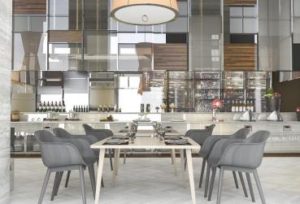
SOCIAL MEDIA DRIVEN DESIGN
Whether you’re building a franchise brand or a local owner/operated concept, brands have to be unique to distinguish themselves. How brands connect to their consumers these days is intrinsically tied to their social media conversation. With your physical store presence, you have to weigh the options of spending more to have a unique brand experience (i.e. a unique Instagram/Snapchat moment) or spending less for a simpler look. When it comes to construction, custom items such as art, fixtures, furniture and features will most likely be more expensive than what you can find off the shelf. Trends shift quickly, so be prepared for an interiors update as soon as five years to keep up with the changes.
VE Option: Keep the structural/built design elements classic or simple. As design trends shift, furnishings are easier than structural/architectural elements to change. Choose the number of custom features carefully—custom work is almost always more expensive.
FEATURE LIGHTING
The lighting package and associated electrical work will be a high-priced ticket item during your construction build out. Long lead times for light fixtures may make it tough to keep on schedule without proper planning with your design and construction team. We recommend deciding on your lighting package early so that material can be ordered as quickly as possible which is your best hope at keeping this activity line on schedule. Added days to the schedule = increased cost.
Certain lighting is required by code. To meet code requirements in Denver, you must plan to reduce overall lighting power consumption by using enhanced lighting controls. This means drawing less power altogether via LED fixtures or changing out light switches to an occupancy sensor switch. In some cases, a fully integrated, lighting-control panel may also be required by the local jurisdiction. Another typical health department requirement is task lighting behind and underneath the bar for employee visibility.
Consider that track lighting offers flexibility in pointing light where you want it to go (accent walls, highlighting art, etc.) and is great for open ceiling plans. Recessed lighting works well for drywall hard lid or acoustical tile ceilings.
VE Options: Choose less expensive ambient lighting and spend your lighting dollars for accent/feature lighting. Choose less expensive fixtures in the back of the house and focus on making impact in guest areas.
NATURAL GREENERY
Having plants in a space can improve ambiance and mood. Consider, however, that with live greenery it’s imperative to maintain and water them to keep plans looking healthy and great. Plant maintenance will add monthly costs, something to think about before you add them into your design.
Adding plants to your restaurant can happen before or after the build out depending on the application within the design. Examples include built-in planters, live green walls, etc. Will plants be hung from the ceiling? If so, how will they be hung? Are you choosing indoor or outdoor planters? If you plan to incorporate greenery into fixed design elements, consider drainage plans, non-porous materials, access for maintenance, ability to provide watering, and proximity to food production to avoid cross contamination.
EXPERIENCE-DRIVEN DESIGN
Jeff Sheppard of Roth Sheppard Architects in Denver gave a talk earlier this year at the Colorado Real Estate Journal’s conference about the importance of experience-driven design. To drive home his point, Sheppard talked about how “airports are the new mall” and how self-service kiosks in restaurants and retail are also becoming more and more prevalent. When you look around, you see some local chefs already driving this experience innovation. Take Five Point’s Birdcall with iPad order kiosks and only a few service staff. And First Draft Taproom & Kitchen where guests pour their own beer and are charged by the ounce. Self-service sparkling water is on the rise as well.
All of these experience-driven design choices require intentional storage, electrical, plumbing, and service flow planning. While you will spend money on building for these, you could save on labor costs once open.
PICKING APPROPRIATE FINISHES
Picking appropriate finishes means choosing what meets the budget, fits the design, and serves its purpose for a long time. Right now, 2018 predictions are bringing back wood and white for a light, open-airy feeling. Along with this, we may see a shift in the decision to use finished concrete as the floor option. Floor tile can be a great alternative to finished concrete and has an incredibly wide-range of possibilities. Be cautious in your choices, as tile cost varies widely and can have long lead times, especially if shipped from overseas.
Picking finishes that look great and stand up to the commercial, high-volume traffic matters. “Don’t skimp on the quality of the kitchen floor. It costs you more up front but saves you money in the end,” says Rich Snyder, Owner of Snyder Building Construction. The back of the house gets heavy use with foot traffic, deliveries, dirt, and grease grime. It’s easier to spend more money up front for an easy to maintain and durable floor. Patching and repairing down the line is costly and disturbs your business. Further, patches may not always match the original quality.
Some common floor finish choices include, finished concrete, epoxy flooring, and quarry tile. Polished concrete is the least expensive, but it’s porous so can stain, will easily break a dropped dish, and is hard on the human body after standing all day. Some local health departments will not allow concrete treatments, so check with your design team if this is a floor you’re considering. Quarry tile is mid-range in terms of price and is very durable, but not as attractive. Epoxy flooring costs a bit more, but can accomplish the goals of looking great, reducing smallware breakage, and increased employee comfort despite all-day standing.
In wet areas of the restaurant (like bar and back of house), another material consideration is stainless steel. Plastic laminate or other less expensive options won’t hold up to the constant wear and tear. Stainless steel kitchen sinks and fixtures can come in a wide range of pricing and it can be tempting to go for the most expensive “Cadillac” equipment package, but it is not always necessary. You can save money by picking less expensive brands because stainless steel equipment and sinks typically utilitarian pieces of equipment. Unless you’re considering an open kitchen, you don’t need to choose the most expensive. All that said, equipment that offers better sustainability in terms of energy or water use typically cost more up front but save you in costs years down the line—and are better for the environment. If sustainability is a priority for you, it may be worth the extra money to invest in this type of equipment.
BRINGING THE OUTDOORS INDOORS
Welcome Spring! Which means it’s time for patios, roof tops, open windows, and door rollups. Read on for tips on these design options to make sure you’ve planned for everything.
- Roof Top Patios – Structures must support the weight of a specific live load to be used for occupancy. Check with your engineers and building owner/landlord if applicable!
- Outdoor Ground Patios – Code requires at least 5’ of clearance around the patio for pedestrian travel. You’ll need a handrail or demarcation line around the patio for exterior alcohol service (and an approved liquor license).
- Overhead Doors – Because overhead and rollup doors breach the inside and outside and require building into the walls of the building, negotiate with the landlord as to whether this is a landlord provided item or tenant provided. Additionally, there are special code requirements regarding clearance to travel and fire suppression lines above and below the track.
SUSTAINABILITY
Did you know that when furniture for the US is made, the wood is typically harvested in North America, is usually shipped overseas for production and fabrication, and then shipped back to sell in the U.S.? The amount of fossil fuels and energy required for that intercontinental supply chain isn’t sustainable. Housefish, a Denver-based furniture manufacturer hopes to change that by sourcing local materials and making furniture in the city.
Other ways to incorporate sustainability into your restaurant include LED lighting, sourcing local, energy-efficient equipment, and planning for dimmers/controls. Dimmers and controls are great in a restaurant setting because they allow you to change the mood and lighting based on time of day. Divided, rough-use bins are also a strong idea. LarkBurger is a front runner on this idea who feature built-in bins divided for trash, mixed recycling, and compost. The company composts 100% of its packaging when commercially available. You’ll need to plan for service pick-ups to make sure recycling compost is disposed of properly once it leaves your facility.
A/V and ELECTRICITY
While this wasn’t pointed out as a 2018 trend in our research, these are must-haves in our digital world. Convenience outlets and USB ports are integral these days. Further, consider the flexibility of your sound system and are you streaming radio/music? How’s your internet connection and Wifi? Is it public wifi? If you are streaming music, you will want to make sure your internet connection is strong. Can you put outlets on the guest side of the bar for phone charging and sometimes laptop work? Lastly, it’s never fun if an electrical circuit gets tripped. Make sure your point of sale kiosks are each on a dedicated circuit so that if the inevitable happens, not all of them cut off altogether. Redundancy will save the day!
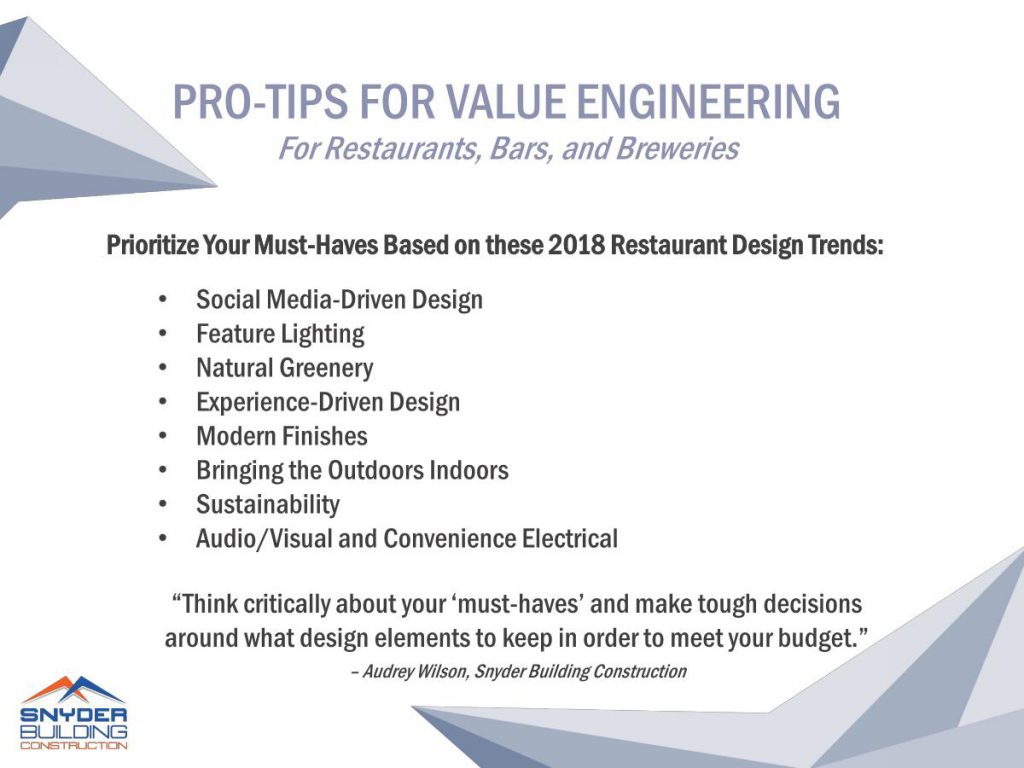
Other Pro-Tips:
You’ll thank us later.
- You can’t move in furniture or train staff in the space until a passing health inspection and TCO is acquired. Not following this rule can be detrimental to your move in.
- Denver has an ordinance that all single-stall bathrooms are to be built as gender neutral.
- Save yourself stress and partner with an experienced food-service architect and general contractor. You will save time because there are unique rules regarding floor drains, sanitization stations, finish specifications, etc. that these partners can help with.
- Do the planning up front and let the design play out. Design changes in the field can cost up to 3x more than making design choices at the early stages due to plan revisions, time lost, lead times, extra project management time.
Ready for more? Contact Snyder Building Construction for concept budget pricing or support on building your restaurant at info@snyderbuilding.com or 720.900.5082.


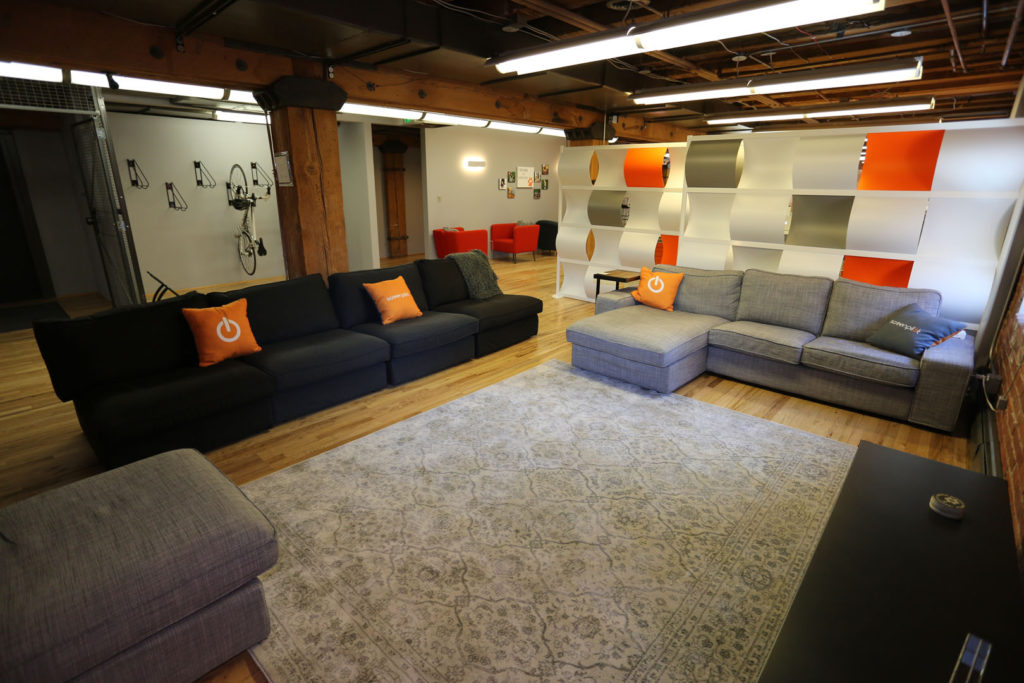
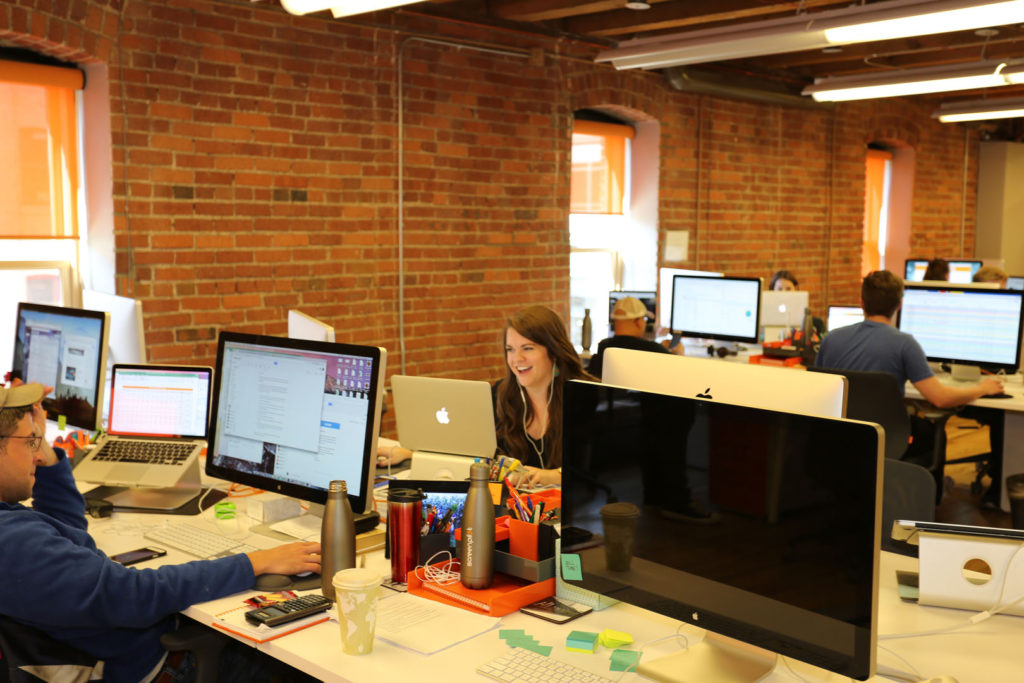
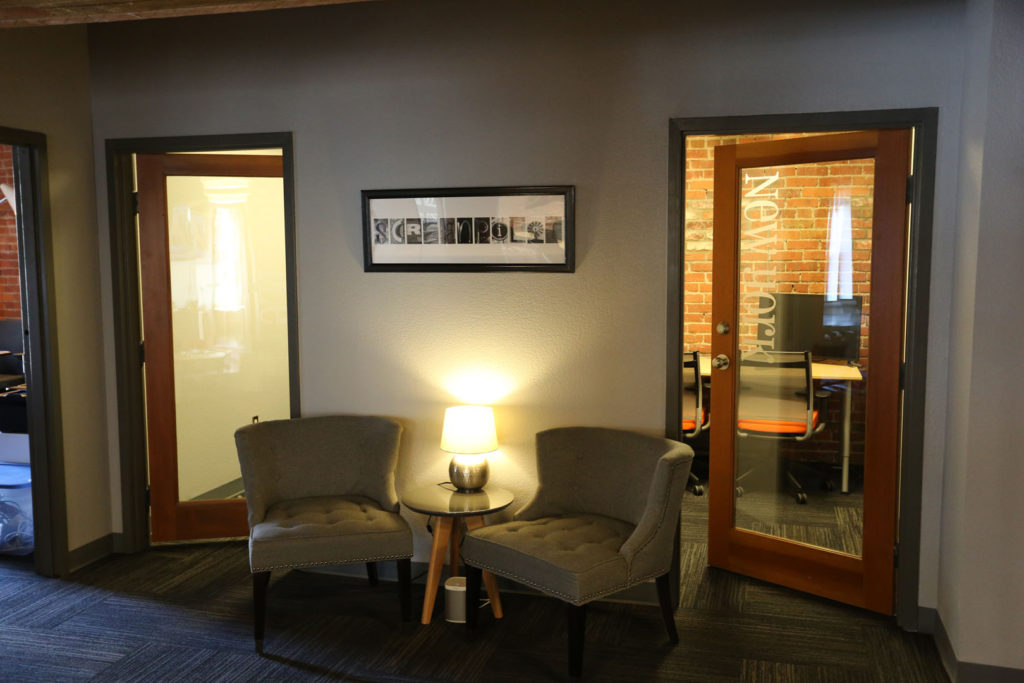
Recent Comments